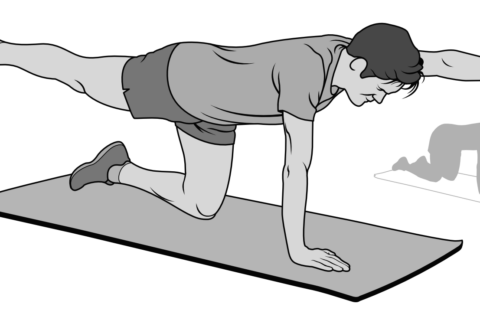Call them whatever you wish, but the concept is the same: breaking longer blocks of high-intensity work up with frequent, short rest breaks.
Call them whatever you wish, but the concept is the same: breaking longer blocks of high-intensity work up with frequent, short rest breaks.




